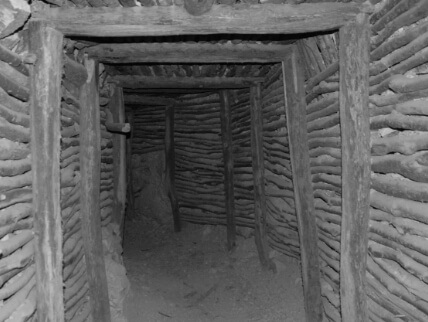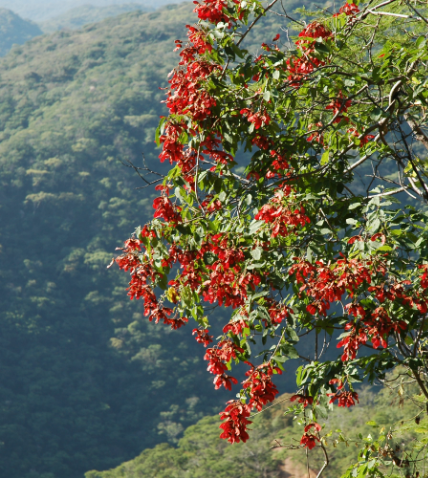SANTO DOMINGO PROPERTY
The Hostotipaquillo region has a rich mining history.
SIXTEENTH CENTURY
Spanish mine workings dot the landscape that comprises Stroud’s Santo Domingo property in the Hostotipaquillo region of Jalisco, Mexico.
The original mines were adit enterprises initiated in the 1530’s by Spanish miners, looking for high grade silver and gold. The high-grade ores were located in the centre of the vein in a symmetrical or concentric manner. Mine cut-off grades were generally in the order of 750 g/t silver and lower grades were simply left behind. Confirmatory assays and mine mapping within the old adits has shown the generally rich nature of the properties.
However, none of these old mines have been explored beyond the surface workings using modern techniques and it is expected that in certain cases, high grade vein cores will still be encountered.
The Hostotipaquillo region has a rich mining history. When first explored developed, the region was a rough outback wherein survival was a major issue. The Spanish scoured the country in the 1500’s looking for the richest areas to establish mines with slave labor. Only high-grade ore shoots were easily accessible and could be mined by hand. When silicified ore sections were encountered, the miners were simply not able to extract them. As a result, many areas within the old mines were abandoned in favour of easier targets.

With the new tools and technology, mine workings were now expanded into the silicified veins and lower grade ores were accessible.
TWENTIETH CENTURY
Operations in the 1900’s began re-development of some of the historical and newly discovered ore shoots taking advantage of new mining techniques.
With the new tools and technology, mine workings were now expanded into the silicified veins and lower grade ores were accessible. Some drilling operations were undertaken, but generally the mines were largely expanded by following the ore veins. This resulted in the development of many new mining operations in the Hostotipaquillo region. Mining thrived in camps such as Cinco Minas, Gran Cabrera and San Pedro de Analco under the guidance of foreign mining engineers and geologists.
Roads for the most part remained well travelled horse trails and heavy equipment had to be brought in piece by piece with burro and man power. The Santo Domingo area, 10 kilometres north west of Cinco Minas, did not see the same development due to the rough terrain and also from dangers posed from the Indigenous population to the north. Crime was rampant and Federal soldiers were employed to provide a limited protection level from bandits and to instill a feeling of governmental structure.
A gradual decline in general mine operations occurred at the end of the 1920s due to political issues and rebellions. Financing and technological input from the foreign operators diminished. Many of the existing operations closed because of political interference and not the lack of mineable ore.
A gradual decline in general mine operations occurred at the end of the 1920s due to political issues and rebellions. Financing and technological input from the foreign operators diminished. Many of the existing operations closed because of political interference and not the lack of mineable ore.
The geological features that attracted a miner to the original site will not have changed. What has changed are the mining tools, motorized and power generation equipment, regional physical access, scientific knowledge on extraction and processing technique and the local socio-political climate. Today’s methods of satellite, air photo and geophysical property evaluation were not invented at that time and most of these historical regional properties have not seen this kind of sophisticated examination.
The region is rich in potential for the redevelopment of old workings and the discovery of new sites.
Stroud’s Santo Domingo property has a series of banded to breccia style epithermal quartz carbonate veins, minor pyrite, galena, sphalerite, argentite and native gold. The two veins closest to the surface are referred to as La Rayas and Guadalupe. La Rayas is 30-35 metres wide and the recently discovered Guadalupe is 10 metres wide. Both are parallel structures with greater than 700 metres strike length and approximately 300 metres depth. Within each vein system the individual shoots have moderate to steep rakes and steep dips. Most of the stoped veins are found where mineralization had been identified in outcrop or extensions thereof. Only the high-grade lenses were exploited. The literature and recent drilling supports the assumption that additional sources of high-grade ore should be encountered along strike.
